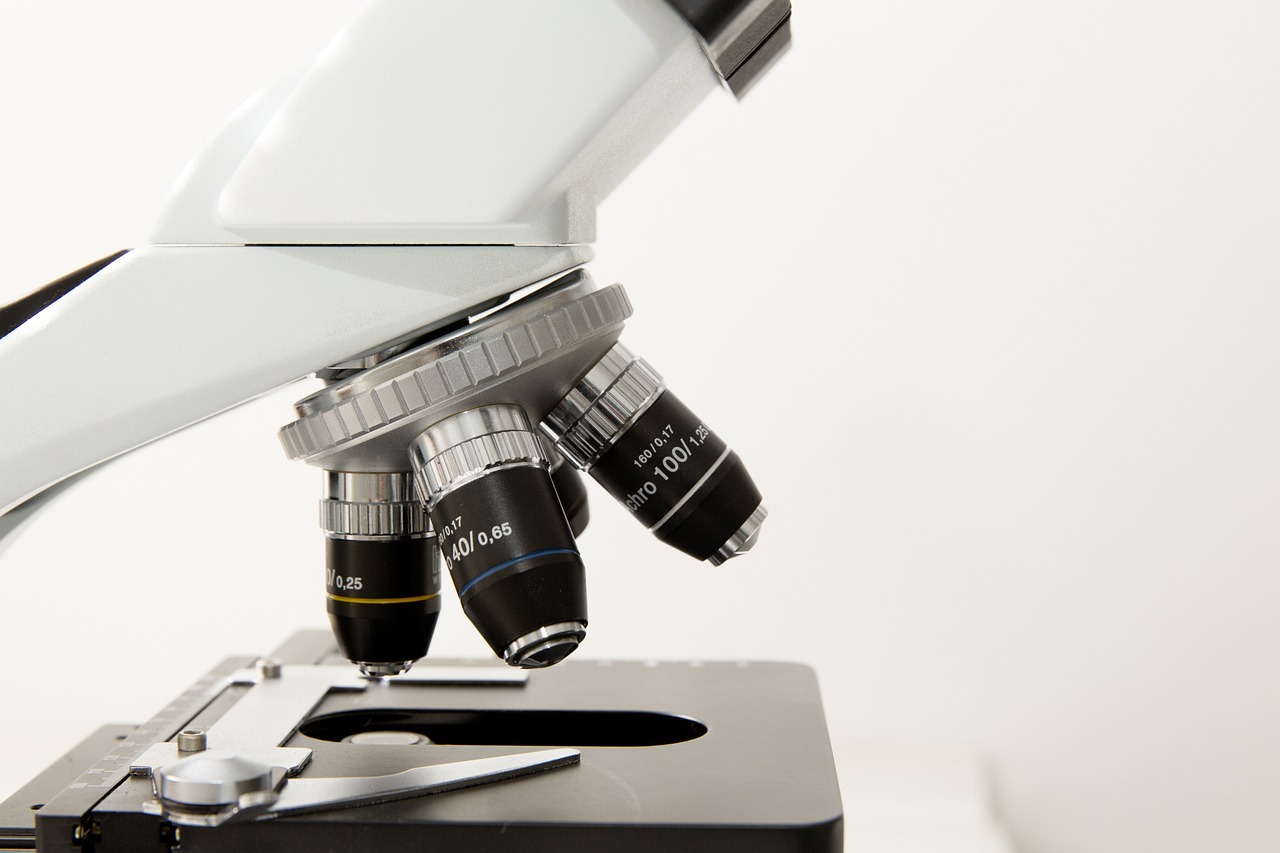The Science of Circadian Rhythms: Optimizing Health through Sleep-Wake Cycles
Circadian rhythms are innate biological processes that regulate the body’s sleep-wake cycle, influencing various physiological functions. These rhythms are controlled by an internal clock located in the brain, known as the suprachiasmatic nucleus (SCN). The SCN receives input from the external environment, primarily light exposure, to synchronize the body’s internal clock with the natural day-night cycle.
The circadian rhythm plays a crucial role in maintaining overall health and well-being. Disruptions to this rhythm, such as shift work or jet lag, can lead to various health issues, including sleep disorders, mood disturbances, and metabolic imbalances. Understanding the importance of circadian rhythms and supporting their proper functioning through lifestyle habits, like maintaining a consistent sleep schedule and exposure to natural light, is essential for optimal health and performance.
The Role of the Suprachiasmatic Nucleus
Nestled within the hypothalamus lies the suprachiasmatic nucleus (SCN), a cluster of cells that serves as the body’s internal clock. This tiny region plays a crucial role in regulating our circadian rhythms, also known as our biological clock. Through intricate processes and interactions, the SCN helps coordinate various physiological functions such as sleep-wake cycles, hormone release, and body temperature fluctuations.
One of the primary ways the SCN influences our circadian rhythms is through the synchronization of our body’s internal clock with external cues, such as light. As light enters our eyes, it sends signals to the SCN, which then helps adjust our internal clock to match the 24-hour day-night cycle. This synchronization is essential for maintaining optimal health and functioning, as disruptions to circadian rhythms have been linked to various health issues, including sleep disorders, mood disturbances, and metabolic problems.
What are circadian rhythms?
Circadian rhythms are physical, mental, and behavioral changes that follow a roughly 24-hour cycle, responding primarily to light and darkness in an organism’s environment.
How does the Suprachiasmatic Nucleus (SCN) play a role in circadian rhythms?
The SCN, located in the hypothalamus of the brain, is known as the body’s “master clock” that helps regulate the timing of the sleep-wake cycle, hormone release, body temperature, and other physiological processes.
How does the SCN synchronize with the external environment?
The SCN receives input from the eyes, specifically light signals, which help it synchronize with the external environment and adjust the body’s internal clock accordingly.
What happens if the SCN is damaged or dysfunctional?
Damage or dysfunction of the SCN can disrupt the body’s internal clock, leading to irregular sleep patterns, hormonal imbalances, and other health issues related to circadian rhythms.
Can the SCN be influenced by external factors, such as shift work or jet lag?
Yes, the SCN can be influenced by external factors like shift work, jet lag, or changes in light exposure, which can disrupt its synchronization with the external environment and result in circadian rhythm disturbances.







